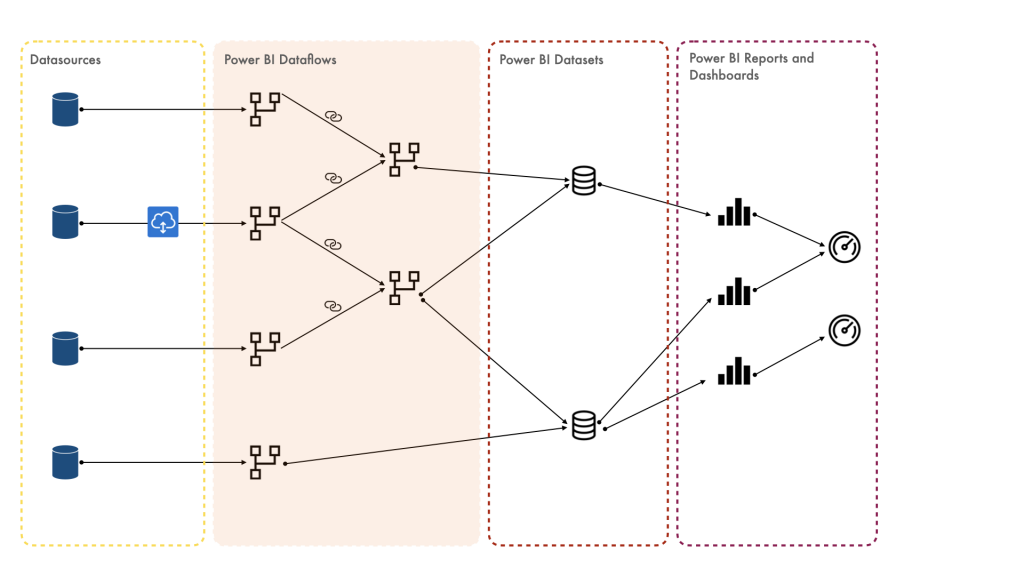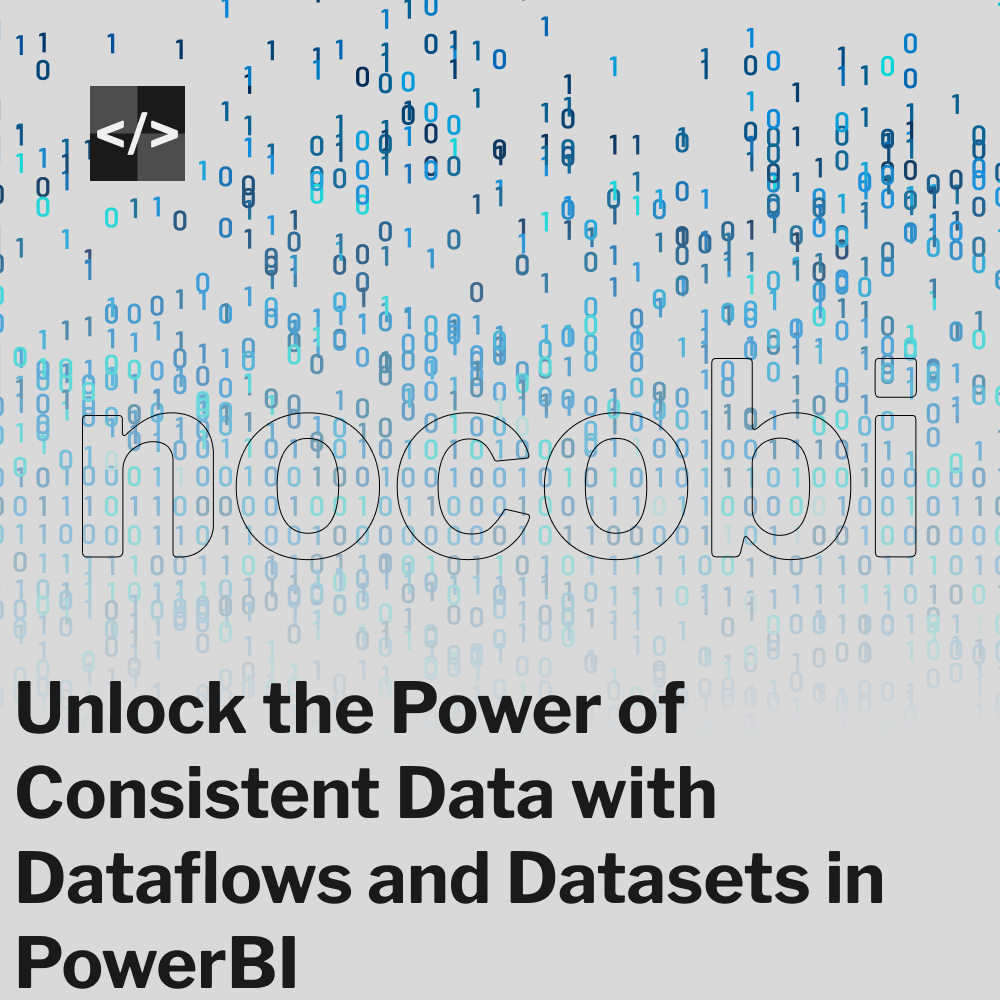We’re living in a world where data rules everything around us. If you’re at the helm of an organization, you’ll nod your head at this – keeping your data consistent is a big deal. Let’s face it, the real deal behind a successful business analysis is the quality of your data. Here’s the straightforward truth: the more solid your data, the more solid your outcomes. That’s why the usage of Dataflows and Datasets as a data warehouse for creating PowerBI reports can play a pivotal role.
What Are Dataflows and Datasets?
Before we start wading through the weeds, let’s get our heads around the basic stuff. Dataflows are data preparation tools that allow you to ingest, transform, integrate, and enrich big data by defining data source connections, ETL (Extract, Transform, Load) logic, and refresh schedules. When we say ‘Datasets’, we’re talking about these massive collections of data that you’ve brought in or connected to. And guess what? You can use these to create all sorts of things in PowerBI – think reports, dashboards, and loads of different data visualizations.

Improve Your Data Consistency with Dataflows and Datasets
Adopting Dataflows and Datasets can significantly enhance your data consistency. By centralizing your data preparation and transformation processes using dataflows, you can ensure that everyone in the organization is using the same logic and rules. Consequently, this makes your data more reliable, uniform, and easier to use across multiple reports.
Datasets also enhance data consistency by providing a single source of truth.Imagine having different versions of the same data in various reports – sounds like a nightmare, right? With a shared dataset, you can avoid all that. It’s not just a time and resource saver, but it also keeps those annoying discrepancies and errors at bay.
Leveraging Dataflows and Datasets for PowerBI Reporting
PowerBI, a suite of business analytics tools, provides interactive visualizations with self-service business intelligence capabilities. By using Dataflows and Datasets, you can create more accurate and insightful PowerBI reports. Dataflows enable you to clean and transform your data before it enters PowerBI, ensuring it’s ready for analysis. Datasets, meanwhile, make it easy to reuse your data across multiple reports, thus promoting better data governance.
The key to effective PowerBI reporting is to define a clear data strategy from the onset. Think about what data you’re after, where it’s coming from, and what sort of transformation it needs to go through. Then, use Dataflows and Datasets to implement this strategy. With the right approach, these tools can revolutionize your PowerBI reporting and significantly improve your organization’s data consistency.
Conclusion
In conclusion, adopting Dataflows and Datasets as a data warehouse can significantly enhance your organization’s data consistency and reporting capabilities. It’s all about harnessing their potential to centralize your data management, promote uniformity, and, ultimately, drive better business decisions.




Deixe um comentário